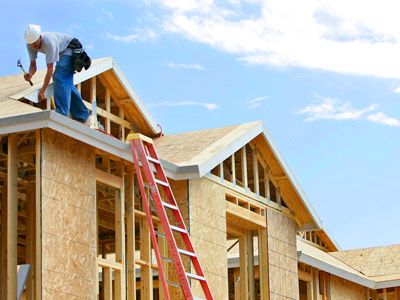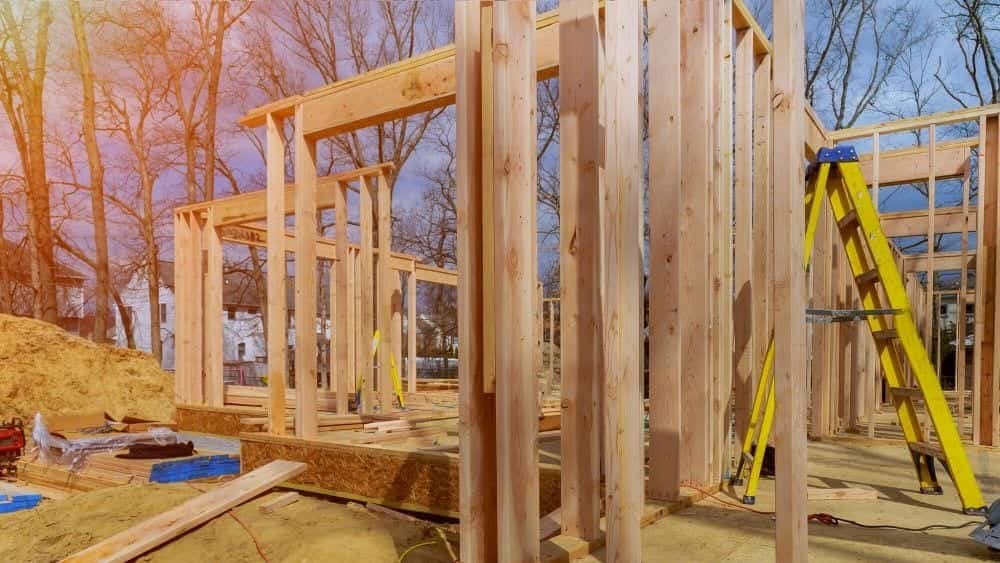Stunning Kitchen Remodeling Indiana to Create Your Desire Kitchen
Stunning Kitchen Remodeling Indiana to Create Your Desire Kitchen
Blog Article
Just How a General Contractor Can Transform Your Usual Areas Into Practical Spaces
The transformation of typical locations into practical spaces is a nuanced procedure that needs a basic contractor's know-how in assessing details area demands and designing customized services. By thinking about aspects such as design, access, and visual allure, a contractor can create environments that not just offer sensible purposes but also foster neighborhood interaction. Via reliable project administration and adherence to top quality requirements, these remodellings can significantly improve customer experience. The ins and outs included in stabilizing layout and performance raise vital questions regarding best techniques and prospective challenges that quality additional exploration (General Contractor Indiana).
Assessing Current Common Location Demands
When examining common areas, it is essential to determine and recognize the particular demands of the community they serve. This procedure begins with a thorough evaluation of existing usage patterns, which entails event information on foot traffic, peak use times, and tasks taking location within these spaces. Engaging with community members via conferences or studies can offer beneficial insights right into their choices and challenges.
Following, it is very important to take into consideration the market make-up of the community, consisting of age, lifestyle, and any type of unique demands that might influence how these spaces are used. For circumstances, families with young kids may call for play areas, while older adults may focus on availability attributes.
Additionally, evaluating the existing infrastructure and amenities is important. Determining areas that are underutilized or in need of repair work can inform potential improvements. Working together with stakeholders, such as home managers and local companies, ensures that the evaluation mirrors a comprehensive understanding of the community's demands.
Inevitably, a meticulous analysis of present common area requires lays the foundation for efficient changes, permitting the creation of spaces that cultivate engagement and boost the general quality of life within the area.
Designing for Capability and Aesthetics
A thorough understanding of neighborhood needs establishes the stage for effective layout that balances functionality and aesthetics alike areas. Effective design needs a thoughtful technique that thinks about both the useful uses of the space and the visual appeal that enhances the atmosphere.
Functional style requires creating rooms that satisfy the details activities and interactions of the area. This might include versatile seating setups for gatherings, easily accessible paths for people with movement difficulties, or marked areas for leisure tasks. Each component must serve a function while making certain ease of movement and comfort for customers.
Looks play a vital duty in fostering a welcoming environment. The choice of shades, products, and lighting can considerably influence the understanding of a space. Integrating natural elements, such as greenery or water features, can enhance the ambiance and create a soothing environment. Additionally, aligning the design with the neighborhood's cultural identity can foster a sense of belonging and satisfaction.
Budgeting and Source Allocation
Efficient budgeting and resource allocation are vital parts in the effective change of common locations. A distinct budget plan describes the monetary parameters within which the project must run, ensuring that prices are managed and resources are successfully utilized. This starts with an extensive evaluation of project requirements, including design components, materials, and labor.

A general specialist plays a crucial function in this stage, teaming up with stakeholders to establish reasonable budget price quotes that straighten with the intended vision. By focusing on vital features and discovering cost-efficient options, the contractor can maximize costs without compromising quality.
Resource allocation entails strategically appointing employees, devices, and products to different phases of the project (Bathroom Remodeling Indiana). This needs careful planning to prevent hold-ups and make sure that each element is provided in a timely manner. In addition, normal tracking of expenses versus the budget plan helps to recognize possible overruns early, enabling timely modifications
Taking Care Of Building Refine Efficiently
Managing the building procedure successfully is important for accomplishing prompt task completion and keeping spending plan stability. A well-coordinated strategy involves careful preparation, clear communication, and reliable resource administration. General professionals have to develop a thorough project timeline that describes each stage of building, permitting for the identification of possible traffic jams and crucial milestones.
Regular progress meetings are crucial for keeping all stakeholders informed and straightened. These conferences promote the prompt resolution of problems, making certain that the task remains on track. Furthermore, using project management software application can improve interaction, track progression, and take care of documents, lowering the chance of misunderstandings and delays.
Efficient resource allocation is also critical. By guaranteeing that products, labor, and tools are offered when required, general professionals can avoid expensive disturbances. Executing a proactive technique to run the Home Page risk of administration further boosts effectiveness, as it enables the identification and mitigation of possible difficulties before they escalate.

Making Sure Conformity and High Quality Criteria
Conformity and top quality requirements are basic to the success of visit this site right here any building and construction project, ensuring that the ended up spaces not only satisfy customer assumptions however additionally follow regulatory demands. A basic contractor plays an essential duty in enforcing these requirements throughout the building procedure.
First, it is important for the specialist to remain upgraded on regional building regulations, safety policies, and market finest techniques. This knowledge enables them to assist style selections and product options that straighten with conformity standards. Regular examinations and quality assessments during the building phase help to determine prospective problems early, minimizing costly hold-ups and revamp.
Moreover, a trustworthy general contractor fosters a society of top quality among employees and subcontractors. This can be accomplished by offering training on compliance methods and executing strict quality assurance measures. By developing clear interaction channels, the contractor can make certain that every person entailed recognizes their responsibilities regarding conformity and high quality.
Final Thought
Finally, the duty of a general contractor in changing typical areas into functional rooms is essential. With an extensive assessment of community demands, thoughtful style, meticulous budgeting, and reliable job administration, these professionals can develop environments that enhance functionality and aesthetic allure. Adherence to compliance and quality requirements better makes certain that rejuvenated spaces not just meet the assumptions of stakeholders however also foster involvement and enrich the see here total experience for all users within the area.
The improvement of common areas right into useful rooms is a nuanced process that calls for a general service provider's competence in assessing certain community requirements and developing tailored services. By taking into consideration elements such as format, ease of access, and visual appeal, a service provider can create atmospheres that not just serve functional purposes however additionally foster neighborhood involvement. General service providers should establish a thorough project timeline that details each stage of construction, permitting for the recognition of vital landmarks and possible bottlenecks.

Report this page